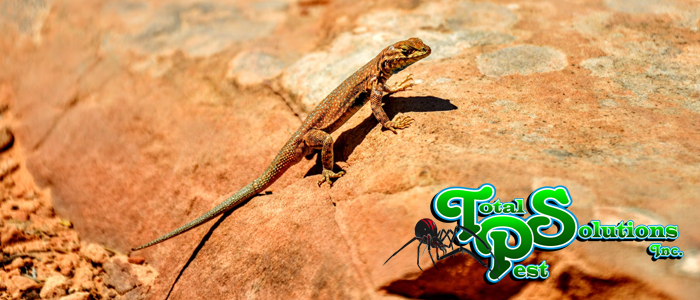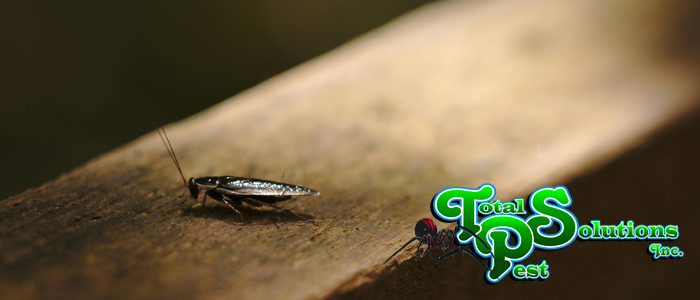
If you’ve never had a chigger mite problem, consider yourself lucky. Chigger mites are pervasive little pests that are hard to see with the naked eye, and you’ll first notice the rashes they leave behind as they eat tiny parts of your skin. If that sounds gruesome, it is – But it’s perhaps preferable to the myth about them burrowing into the skin. We’ll be going over what exactly a chigger mite is, how it lives, how to prevent them, and most importantly, how to kill them. If chigger mites manage to get established in your yard, it can be a repeat issue, so you should avoid letting them hang around. Fortunately, the problem may not be as severe as it’s rumored to be, so let’s start by dispelling a couple more myths.
Chigger Mites 101
Though people are quick to call these bugs and slap their pictures on bottles of insect repellent, these are actually arachnids like ticks and spiders. They belong to the group called mites, which includes those little red things you’ll see crawling around on cement installations at the park now and then and about a zillion other tiny creatures. Scientifically, they’re called trombiculid mites, and unlike ticks, they don’t actually suck your blood. What they do instead of this is to make little holes in your skin with their claws, insert their mouthparts, and regurgitate digestive enzymes into your skin. This causes your skin cells to break down into a smooth soupy substance that the chigger mite can suck up through its mouth like it’s using a straw.
It is, however, only the young chigger mites – Nymphs – Which feed on humans. There is a common myth that chigger mites can survive indoors. They cannot. While the nymphs may stick around on your skin for a few days as they eat their fill, they need warm soil and other natural amenities in order to reproduce and lay their eggs. It’s possible that many people confuse scabies with chigger mites – As the scabies mite does live under the skin and is capable of surviving entirely indoors. While it may be a relief that chigger mites won’t infest a home like fleas or bed bugs, how can you treat chigger mite bites? Even more importantly, how can you prevent bites in the first place?
Chigger Mite Treatment
Chigger mites have the nickname “mower’s mites” because of their habitat and habit of latching on as you pass through tall grass. While bites can occur anywhere, they tend to linger around the legs and ankles. The spawn also can’t move very far after hatching, so if you get one chigger mite on you, there’s a good chance you’ve got the whole family hanging around. You won’t notice any bites at first, but in the next few hours, an itch that can last days may keep you awake. Hives and rashes may develop and linger for a week or two.
If you think you’ve been in an area with chigger mites, give yourself a thorough inspection. It’s always a good rule of thumb to bathe after extensive outdoor activities, but in areas with chigger mites, it’s especially important. You might notice little red or yellow dots clinging to you or running around very rapidly under your hair – Washing with soap and water will remove them easily. Then throw any clothes or towels that may have touched the ground or your skin into the wash, and wash with hot water. This will kill any mites that are hanging around.
Apply anti-itch treatments such as menthol or hydrocortisone to affected areas, and try not to scratch. Scratching the bite sites can introduce bacteria that can cause infections, and chigger mite bites tend to get better on their own. To prevent chigger mites in the future, keep your lawn trimmed short, wear insect repellent with DEET or permethrin, and consider professional lawn treatment to cut down on chigger mites and other unwanted pests.
continue reading
Related Posts
How to Get Rid of House Lizards Without Killing Them
What They Don’t Tell You About Gardening in Florida Florida






